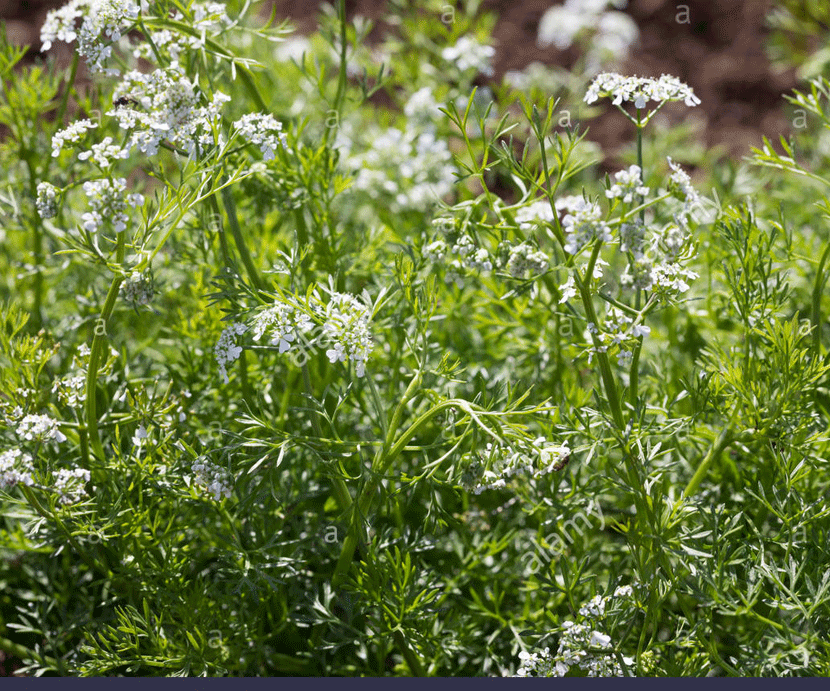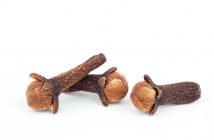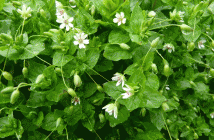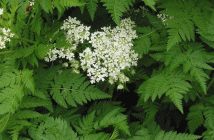 Chervil (Anthriscus cerefolium) is an annual possessing a finely grooved, branched stem growing twelve to sixteen inches tall from a thin, whitish root. The leaves are light green, opposite, and bi pinnate; the lower ones petioles, the upper Lessie on stem sheaths. Small, white flowers-appearing as compound umbels from May to July¬are followed by elongated, segmented seeds during August and September.
Chervil (Anthriscus cerefolium) is an annual possessing a finely grooved, branched stem growing twelve to sixteen inches tall from a thin, whitish root. The leaves are light green, opposite, and bi pinnate; the lower ones petioles, the upper Lessie on stem sheaths. Small, white flowers-appearing as compound umbels from May to July¬are followed by elongated, segmented seeds during August and September.
Chervil is a variant of the Greek term denoting “leaf of rejoicing” or “cheer-leaf.” Of East European origin, it now thrives in the wild areas of Iran and southern Russia. The ancient Romans imported the plant as far west as Great Britain. Long a symbol of sincerity, legend holds that chervil sharpens a dull wit, prods the memory, and restores some measure of youth to the aged. English herbalist Gerard would write in the sixteenth century: “It is good for old people-it rejoice and comforter the heart and increase their strength.” Although cultivated in the United States and much of Europe, it is now used primarily in France for seasonings, salads, soups, and as a pot-herb.
According to French folk healer Maurice Mes segue, ancient cultures used chervil for a variety of eye disorders. Much of Europe, particularly France, has continued to employ it with great success for ophthalmologist (severe inflammation of the deeper structures of the eye), detached retina, cataracts (loss of eye lens transparency), conjunctivitis, and sometimes even glaucoma. Respected practitioners such as Leon Benet, former Dean of the Paris Faculty of Medicine and author of many medical books, have actively advocated its use. John



